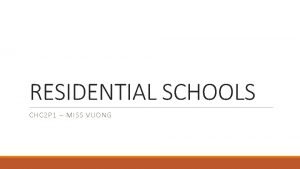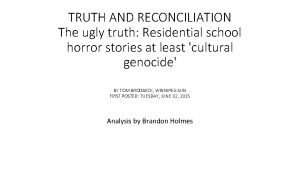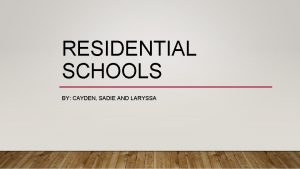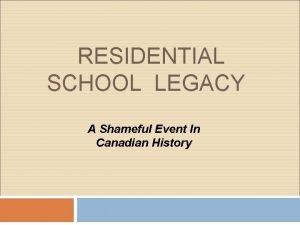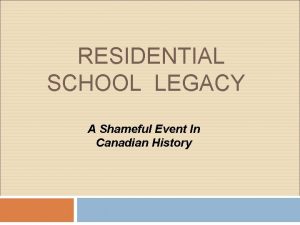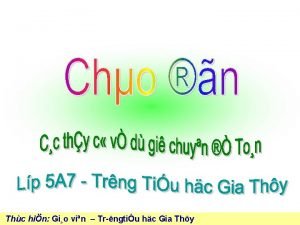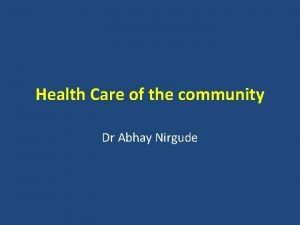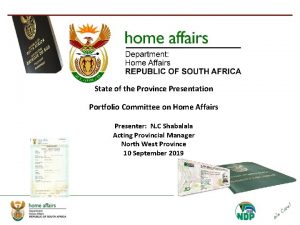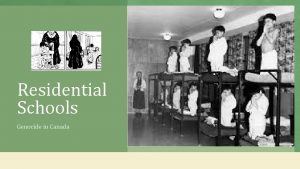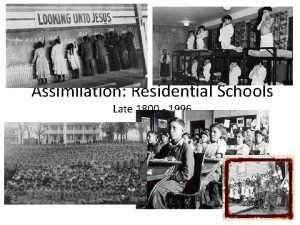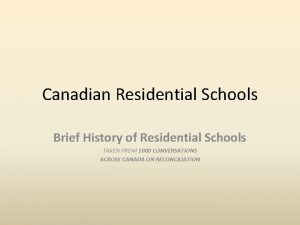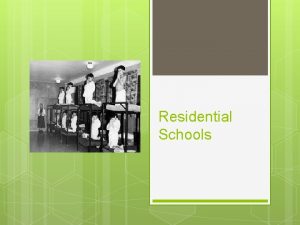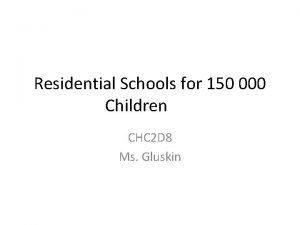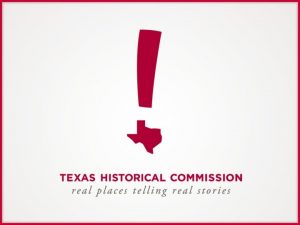Residential Schools Lesson 40 CHC 2 DR Residential











- Slides: 11

Residential Schools Lesson 40 CHC 2 DR

Residential Schools Learning Goal: • Analyze the impact of residential schools on the lives of generations of Indigenous Canadians. 1. Warm-up 2. Note and discussion 3. Video

Warm-Up Questions: • List 3 words that describe how you felt on your first day of kindergarten. • List 3 words that describe how you felt on your first day at Weldon. • How might you have felt if none of the adults spoke your language or if you did not go home at the end of the day? (Explain in 3 -5 sentences)

History of Residential Schools • First opened in 1880 s in a joint arrangement by the churches and the government • To educate and convert indigenous children and integrate them into Canadian society • Disrupted lives and ruined relationships, creating more problems • The last school closed in 1996 • 150 000 children attended these schools

• Education was an important part of treaty negotiations • Indigenous people saw it as a way to build a bridge between cultures • But custodial schools were not what they had expected • By 1896, there were 45 schools across Canada • Gov’t paid for education at a per student rate What might be the implication of this method of payment?

1907 - Dr P. H. Bryce releases a report saying that the children are dying at alarming rates (maybe 42%) 1920 - Superintendent of Indian Affairs, Duncan Campbell Scott, makes it mandatory for indigenous children to attend these schools (ages 7 -16) 1922 - Dr Bryce publishes “Story of a National Crime” exposing the gov’t’s mistreatment and neglect of children 1930 s- 80 -90 schools with 17000 students enrolled

Task: • Read pages 226 -229 of Creating Canada • Answer the Recall… Reflect… Respond questions on page 229 • After discussing Q 2 with a partner, turn your response into a 9 sentence paragraph.

Where are the Children?

Truth and Reconciliation Commission • To learn the truth about what happened • To listen and hear the testimony of the students • To inform all Canadians about the facts • Encourage all Canadians to work for reconciliation • Prepare a complete historical record

Task: 1. With a partner, identify 2 of the ‘calls to action’ that you feel are the most important. • Explain why these are important for Indigenous Canadians and why they are important for all Canadians • Make a plan of action with ideas to achieve each point. • Who is involved? • When could this take place? • How would the process unfold? 2. On your own, write a 9 -sentence paragraph explaining what you can do now to support these ‘calls to action’.

• http: //www. bac-lac. gc. ca/eng/discover/aboriginalheritage/Pages/residential-schools-photo-sets. aspx • http: //www. thecanadianencyclopedia. ca/en/article/residential-schools/ • http: //www. trc. ca/websites/trcinstitution/index. php? p=4 • http: //wherearethechildren. ca/en/resources/#507 • http: //education. historicacanada. ca/files/32/Residential. Schools_English. p df • http: //www. sd 23. bc. ca/Programs. Services/Aboriginal. Education/Curriculum Resources/CR 8 -12/Documents/Residential%20 School%20 Lesson%202. pdf


